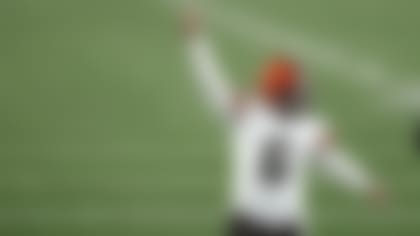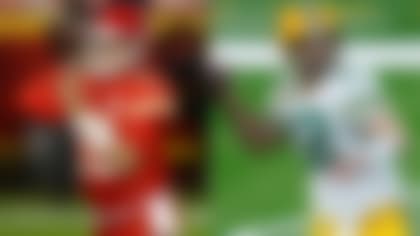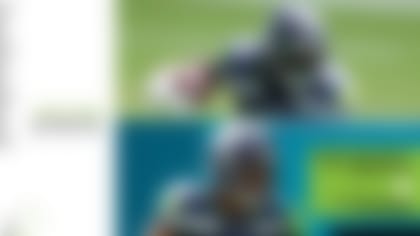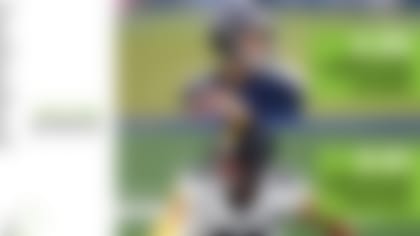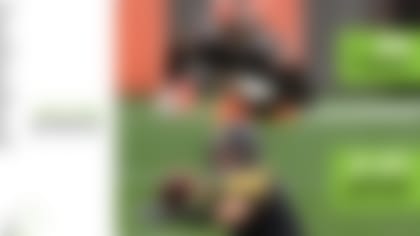NFL Photos | NFL Photography Gallery | NFL.com
Next Gen Stats
Next Gen Stats: Compelling figures that could shape Week 7
Want to see the numbers behind the numbers? NFL Research's Matt Reinhart dives into a fresh batch of Next Gen Stats and identifies figures that are helping to shape the NFL narrative entering Week 7 of the 2019 season.
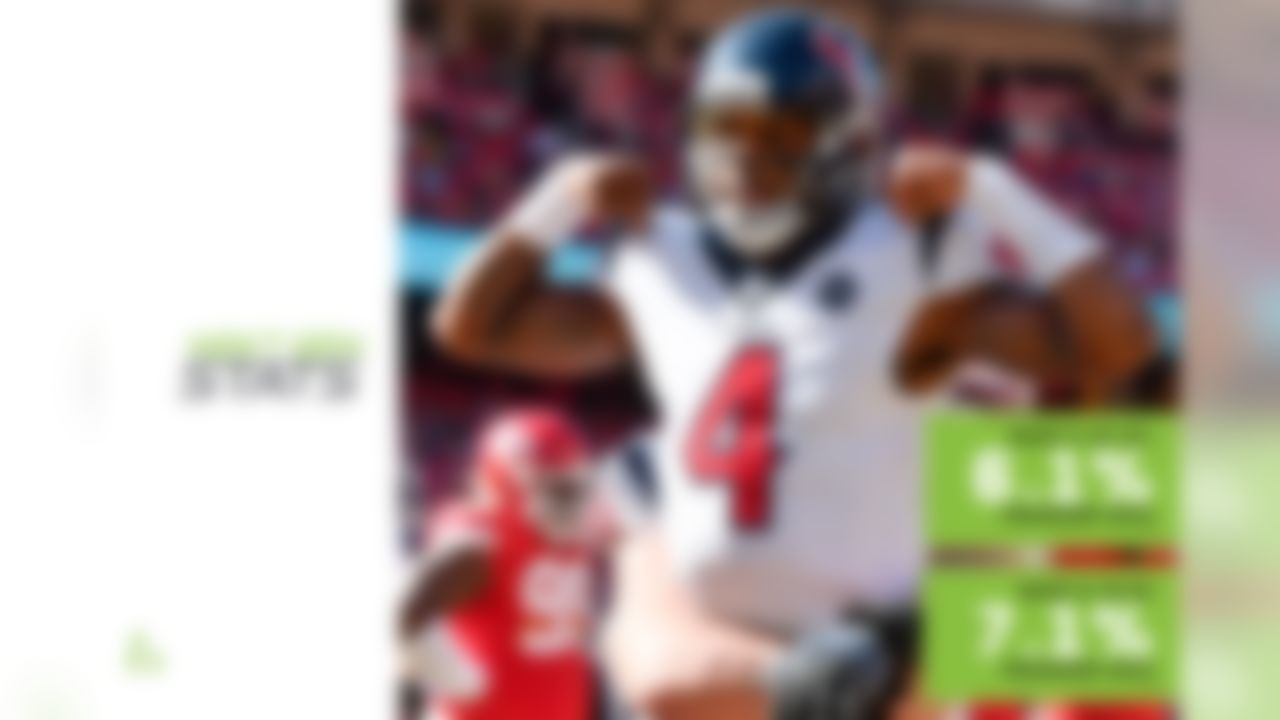
One of the Texans' biggest concerns entering the 2019 season was protecting franchise quarterback Deshaun Watson. After facing a pressure on 36.3 percent of dropbacks in his rookie season in 2017 (fifth-highest in the NFL, min. 200 attempts), Watson was pressured on 29.6 percent of his dropbacks last season (13th-highest rate among 34 qualified QBs). New offensive line additions Laremy Tunsil, Tytus Howard and Max Scharping have helped Watson stay (relatively) clean in the pocket this season. Watson has faced a pressure on just 21.9 percent of his dropbacks in 2019, the 12th-lowest rate among 36 qualifying QBs, and was pressured at the two lowest rates in his career in Weeks 5 and 6 against the Falcons and Chiefs, respectively. The Texans hope this trend continues in Week 7 against the Colts, who have the fifth-lowest pressure rate in the NFL (20.7 percent). Houston will have to reshuffle the group up front a bit, though, with Howard set to miss time with an MCL injury.
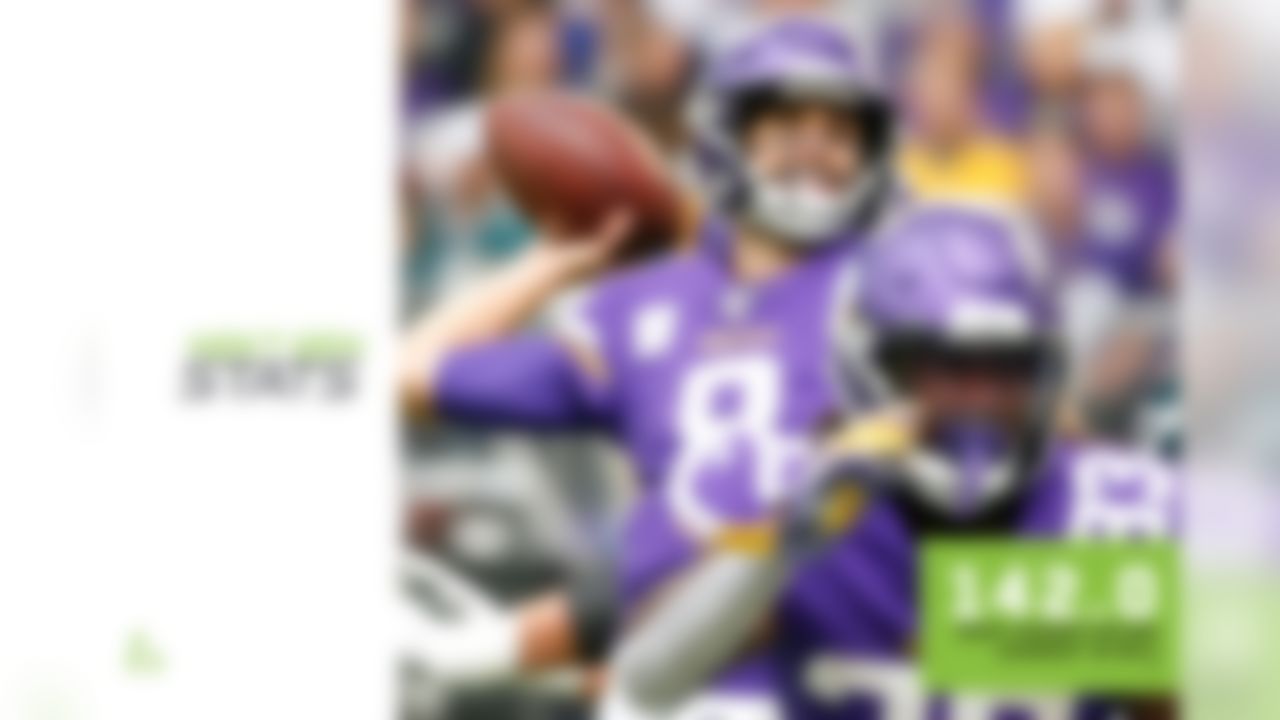
Even though the Vikings have established themselves as one of the most run-heavy teams in the NFL this season, that hasn't stopped Kirk Cousins and Co. from having one of the most effective deep passing games. Cousins holds a spot in the top five in many deep passing categories and ranks first in deep yards per attempt (20.6) and deep passer rating (142.0). The Lions have been shutting down opponents' deep passing games for most of this season -- Patrick Mahomes failed to complete a single one of his nine deep shots in Week 4 (his first career game without a deep completion). However, Cousins might be meeting the Lions at the right time. They allowed three deep completions for 106 yards and a TD (143.8 passer rating on deep attempts) to Aaron Rodgers in their Week 6 loss, marking the first time the Lions have allowed a 100-plus passer rating on deep attempts all season.

The first two QBs selected in April's draft have employed starkly different styles in their young careers. Kyler Murray's game has been highlighted by quick passes to open receivers, resulting in Murray being pressured at the lowest rate in the NFL (12.4 percent of dropbacks). Murray attempts quick passes (less than 2.5 seconds to throw) on 56.7 percent of his passes, the fourth-highest rate in the NFL, and throws into tight windows (less than 1 yard target separation) on just 13.9 percent of his attempts. Daniel Jones, on the other hand, has been pressured on 37.3 percent of his dropbacks (fifth-highest rate), which is partly due to his 2.84-second average time to throw. Murray has been able to keep his pressure rate down by evading pressure on 27.3 percent of his hurried dropbacks (only QB over 20 percent), while Jones has just an 8.3 percent evaded pressure rate (tied for fourth-lowest). Jones also throws into tight windows at the highest rate in the NFL (31.4 percent of attempts).
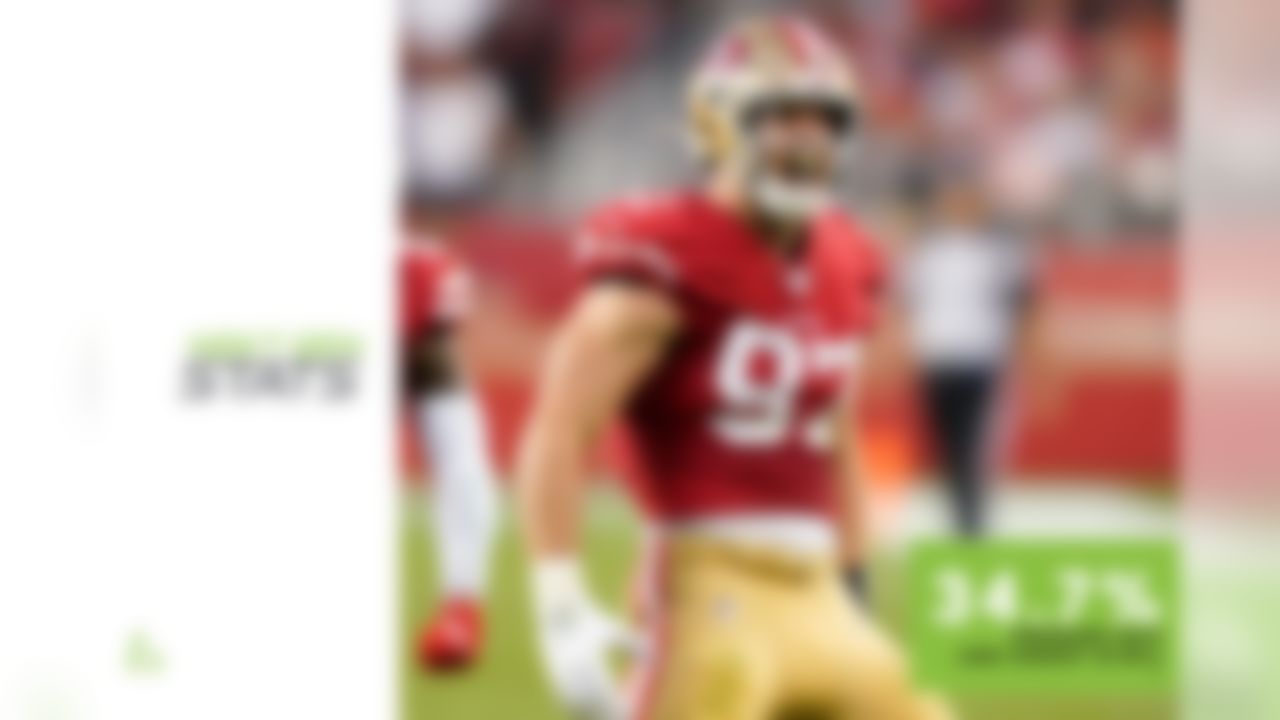
The 49ers had a historically bad defense in 2018, when they were the first NFL team since 1940 with fewer than 10 takeaways in a season. They generated just two interceptions all season, pressured the QB on just 26.8 percent of dropbacks and forced only one turnover when pressuring the QB (the fewest in NFL). This season, the Niners' defensive turnaround has been nothing short of incredible, led by their new-and-improved pass rush. Dee Ford and Nick Bosa joined DeForest Buckner and Arik Armstead to form one of the most dangerous defensive lines in the NFL. San Francisco ranks in the top five in pressure rate (second, 34.7 percent), sack percentage (third, 10.0 percent) and pass-rush separation from QB (fourth, 4.64 yards per dropback). The 49ers join New England as the only two defenses who force tight windows on at least 20 percent of attempts and register at least a 10 percent sack rate and 30 percent pressure rate.
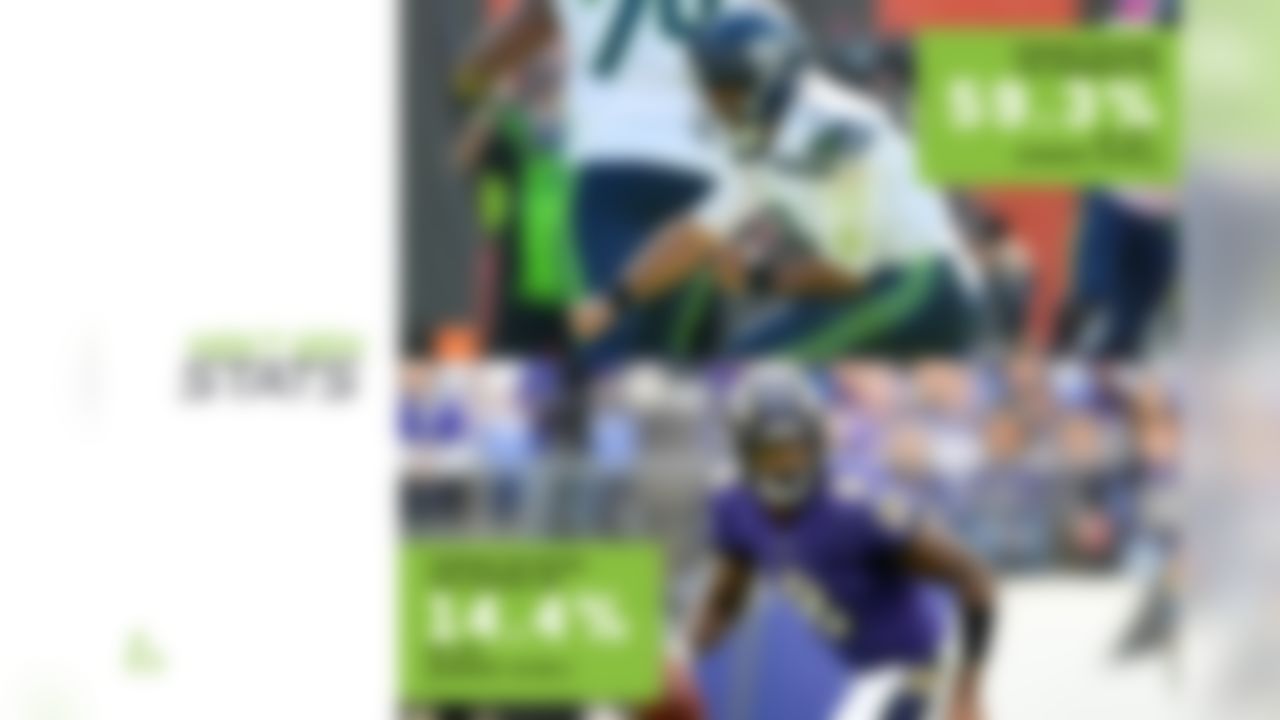
Russell Wilson and Lamar Jackson meet for the first time, and both QBs bring their own exciting style of elite elusiveness. They have shared some similarities this season in finding open receivers and throwing the ball deep. Wilson ranks sixth in open-throw percentage (when the WR gets 3-plus yards of separation) with 49.7 percent of his attempts falling into this category, while Jackson ranks right behind him at 48.2 percent. Both Jackson (14.4 percent) and Wilson (15.9 percent) also throw deep at a top-seven rate this season. However, despite these similarities, Wilson has thrown more difficult passes with a 62.5 percent expected completion percentage to Jackson's 65.2 percent. This discrepancy can be partially attributed to where they throw the ball horizontally on the field. Wilson leads the NFL with 59.3 percent of his attempts targeting receivers outside the numbers, while Jackson ranks No. 1 in percentage of attempts thrown between the hashes (14.4 percent).

Patrick Mahomes sprained his ankle in the first game of the season and has aggravated that injury each of the past two weeks, limiting his ability to escape pressure and extend plays. This has proven to be kryptonite to a QB who may be the closest thing we have to Superman in real life. In those three games, he has noticeably changed his playing style before and after the injury. Before the injury, Mahomes threw just 71.7 percent of his passes inside the tackle box and was able to escape pressure on 37.5 percent of his hurried dropbacks, leading to an average time to throw of 2.96 seconds. After the injury occurred (or was aggravated) in those three games, his time to throw dropped to 2.60 seconds, he was only able to evade 9.1 percent of hurried dropbacks and he threw 88.9 percent of his passes from inside the tackle box. Without his mobility, Mahomes' yards per attempt dropped from 12.7 to 5.6. Hopefully, Mahomes' ankle has time to heal after Thursday's matchup with the Broncos.

